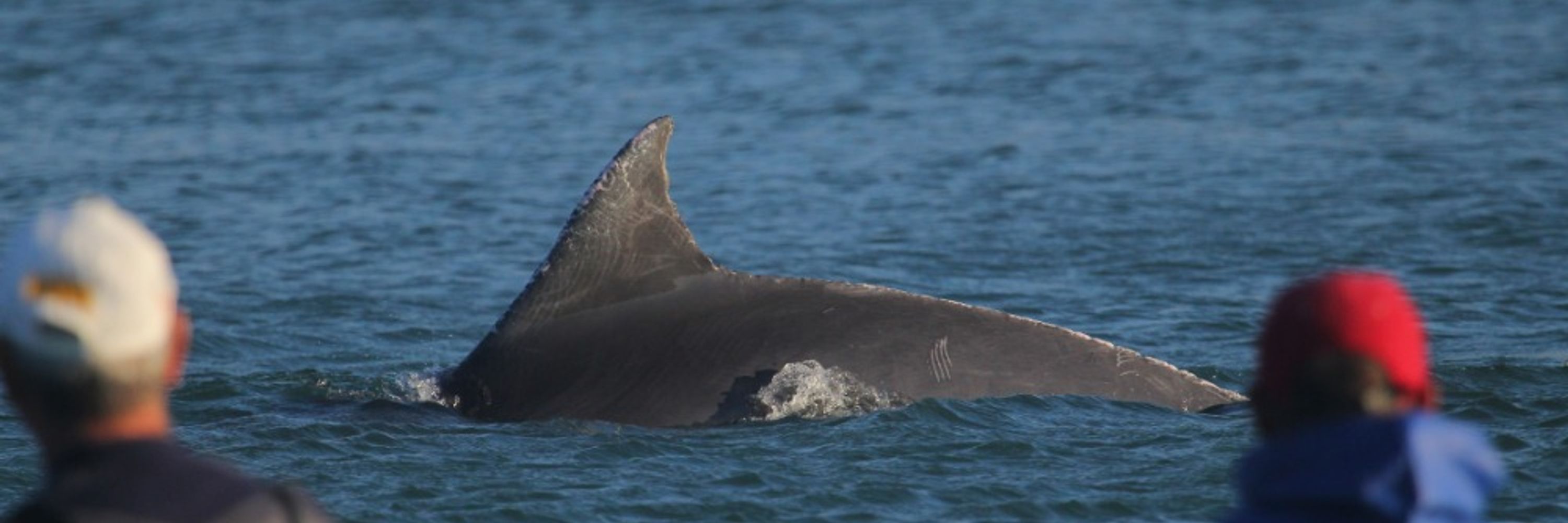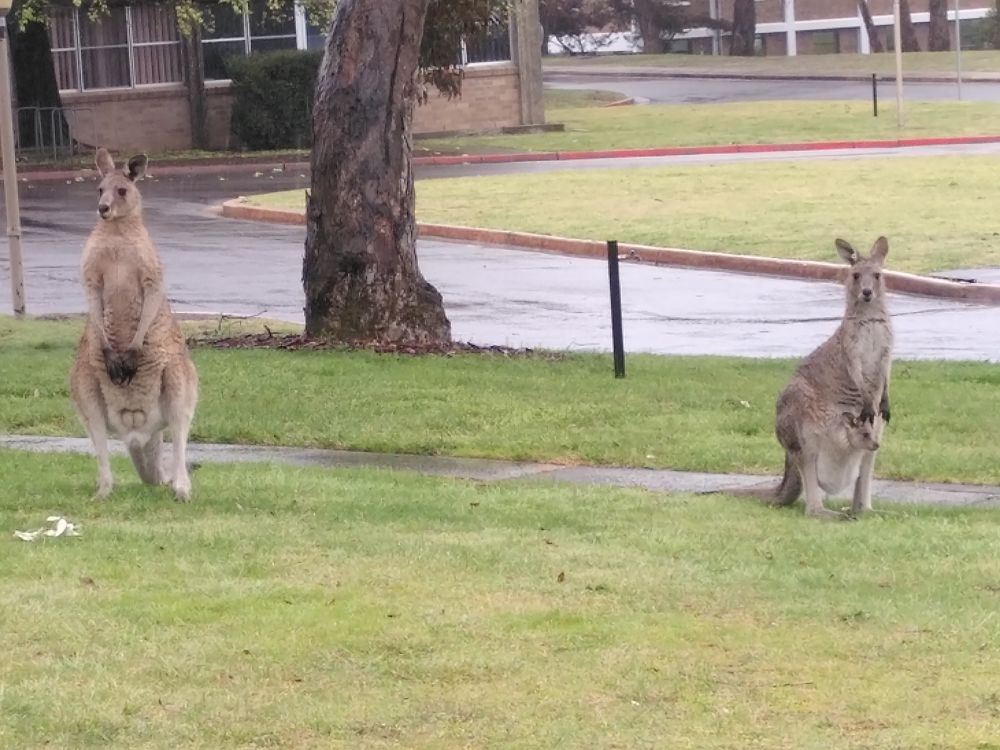
In our latest paper, we argue a need to re-think model performance by integrating it into a hypothesis testing pipeline:
authors.elsevier.com/sd/article/S...

In our latest paper, we argue a need to re-think model performance by integrating it into a hypothesis testing pipeline:
authors.elsevier.com/sd/article/S...








4/

4/
Paper: royalsocietypublishing.org/doi/10.1098/...
3/

Paper: royalsocietypublishing.org/doi/10.1098/...
3/




royalsocietypublishing.org/doi/10.1098/...
This was a very nice collaboration with great colleagues.

royalsocietypublishing.org/doi/10.1098/...
This was a very nice collaboration with great colleagues.
We integrate the process of movement initiations into the marginal value theorem, and discover that the identities of leaders can change over time.
nsojournals.onlinelibrary.wiley.com/doi/10.1002/...

We integrate the process of movement initiations into the marginal value theorem, and discover that the identities of leaders can change over time.
nsojournals.onlinelibrary.wiley.com/doi/10.1002/...
@c-christensen.bsky.social
@c-christensen.bsky.social












We show that moving as a group constrains energy efficiency in wild vulturine guineafowl making large displacements (relative to individuals moving alone). A cost of collective movement!
shorturl.at/nKhI0
@jamesklarevas.bsky.social


We show that moving as a group constrains energy efficiency in wild vulturine guineafowl making large displacements (relative to individuals moving alone). A cost of collective movement!
shorturl.at/nKhI0
@jamesklarevas.bsky.social
www.biorxiv.org/content/10.1...
Complete with examples tracking 🐬s using moving drones with changing camera angles.
I had tried this in the past... it took cleverer collaborators than me to succeed!

www.biorxiv.org/content/10.1...
Complete with examples tracking 🐬s using moving drones with changing camera angles.
I had tried this in the past... it took cleverer collaborators than me to succeed!
Successful reproduction changes the social position of females in the group: onlinelibrary.wiley.com/doi/10.1002/...


Successful reproduction changes the social position of females in the group: onlinelibrary.wiley.com/doi/10.1002/...
Very nice to see this out in @ibisjournal.bsky.social!
onlinelibrary.wiley.com/doi/10.1111/...
In this paper, we also discuss why cooperative breeding may have been under-detected in species like the vulturine guineafowl.


Very nice to see this out in @ibisjournal.bsky.social!
onlinelibrary.wiley.com/doi/10.1111/...
In this paper, we also discuss why cooperative breeding may have been under-detected in species like the vulturine guineafowl.

